Thoughts from an AI journey
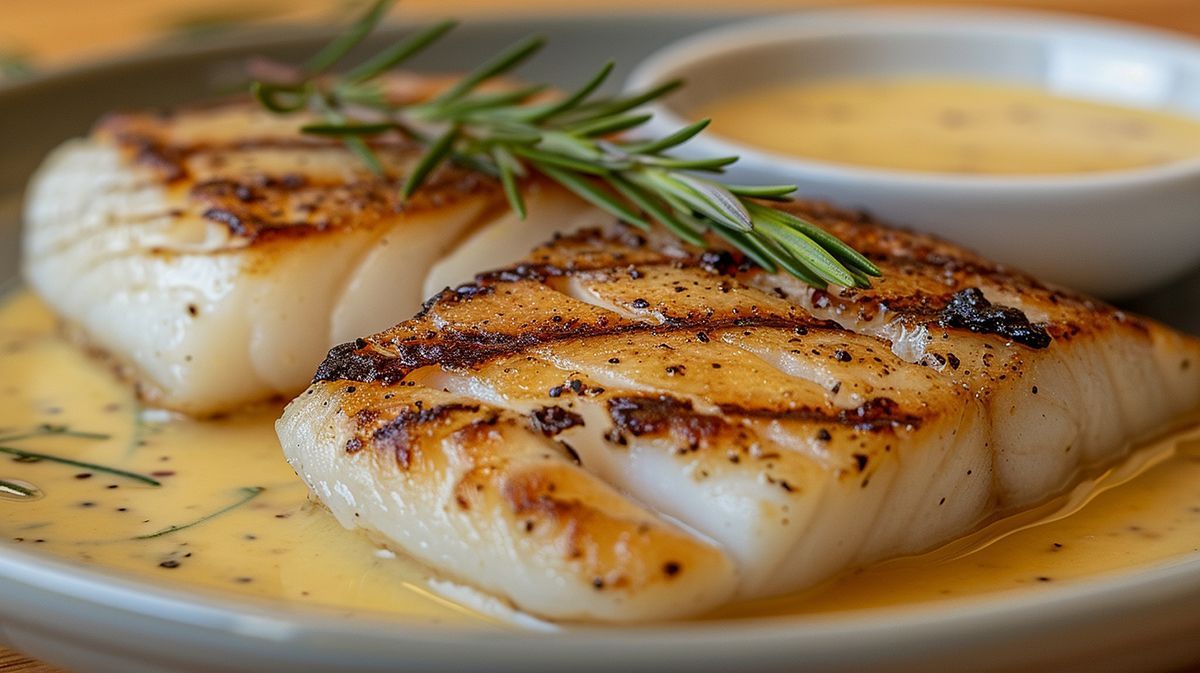
Embracing AI in the realm of creativity is an inevitable reality for me, whether you view it with enthusiasm or skepticism, its permanence is indisputable. Despite critiques dismissing it as devoid of artistic merit, akin to the skepticism faced by photography when it first appeared on the scene. The historical parallel with the advent of the camera and its transformative impact on visual creation is a poignant reminder of resistance to innovation in the creative landscape. For a moment reflect on the role that 'camera obscura' played as a tool in shaping many of the revered masterpieces displayed in our art galleries.
As primarily a visual creator and photographer, navigating the contradictory opinions and perceived threats posed by AI has been an interesting and challenging personal journey. Rather than succumbing to the dichotomy of man versus machine, I have chosen to view AI as an additional tool in my creative arsenal. If I can create an image of a cake for a client in two minutes as opposed to several hours of intense work and can do this with the integral saving of time and money, then there is no argument from my perspective.
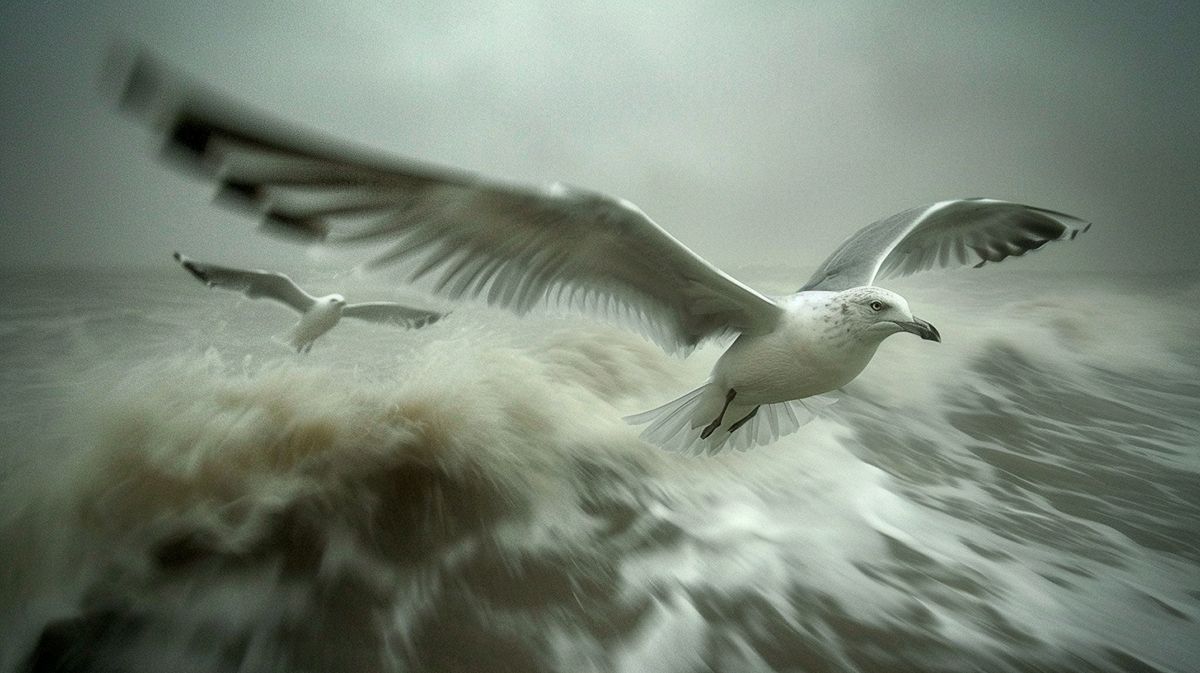
As a photographer acknowledging and accepting that AI has the ability in certain areas, to swiftly produce visuals that not only equal but surpass my own manual photographic techniques, was the first step. The second step was recognizing the real threat of redundancy it poses among creatives in areas such as advertising, promotion and publications, at the same time embracing the infinite creative potential at my disposal. The key lies in adaptation – smartly embracing this technology to augment, rather than replace, our creative endeavors
I've been diving into the world of AI generative visuals from its infancy witnessing its development which has been nothing short of astonishing. Far from stifling my creativity AI has challenged, inspired and encouraged my creative interactions. It's like stepping into a whole new dimension for visual creation where the emphasis is place on you as the prompt maker, how well you do that depends on your ability to convey imagination into AI understandable speak with its parameters.
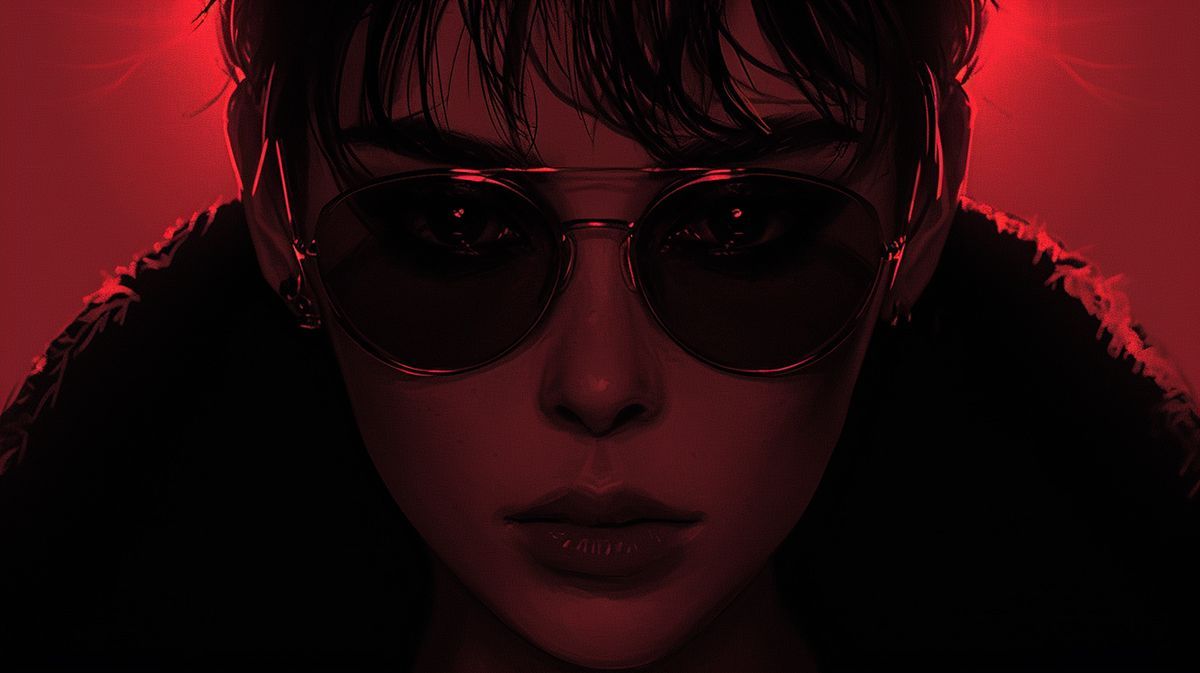
The AI models, or "bots," that respond to your text to generate visuals showcase a wide range of output quality and content from brilliant to total trash. It's all about experimenting with different developers and models until you find the one that resonates with your own creative vision and instinct. Some developers pull from a vast database of billions of visuals posted on social media platforms like Facebook, Instagram, Twitter, Google, Bing, and many more. On the other side, there are developers who, in my opinion are more niche and exhibit artistic finesse, who draw on a rich database of visual art, styles and techniques over time.
The beauty of it all is that you can try out many AI generators for free. If you opt for paid access it unlocks a world of possibilities, including full commercial rights to your creations. Always remember that when you engage with AI you become part of the training process to improve the AI model. Each image you make is coded with an ID and job reference linked to your name which provides a level of ownership and recognition. This enhanced access comes at a cost, typically ranging from $20 to $120 per month. Some developers empower you to train your own AI model which will absorb your niche preferences. In doing so, it can evolve into a unique conduit for your personal style of visual creation. It's a fascinating journey into the intersection of technology and creativity.
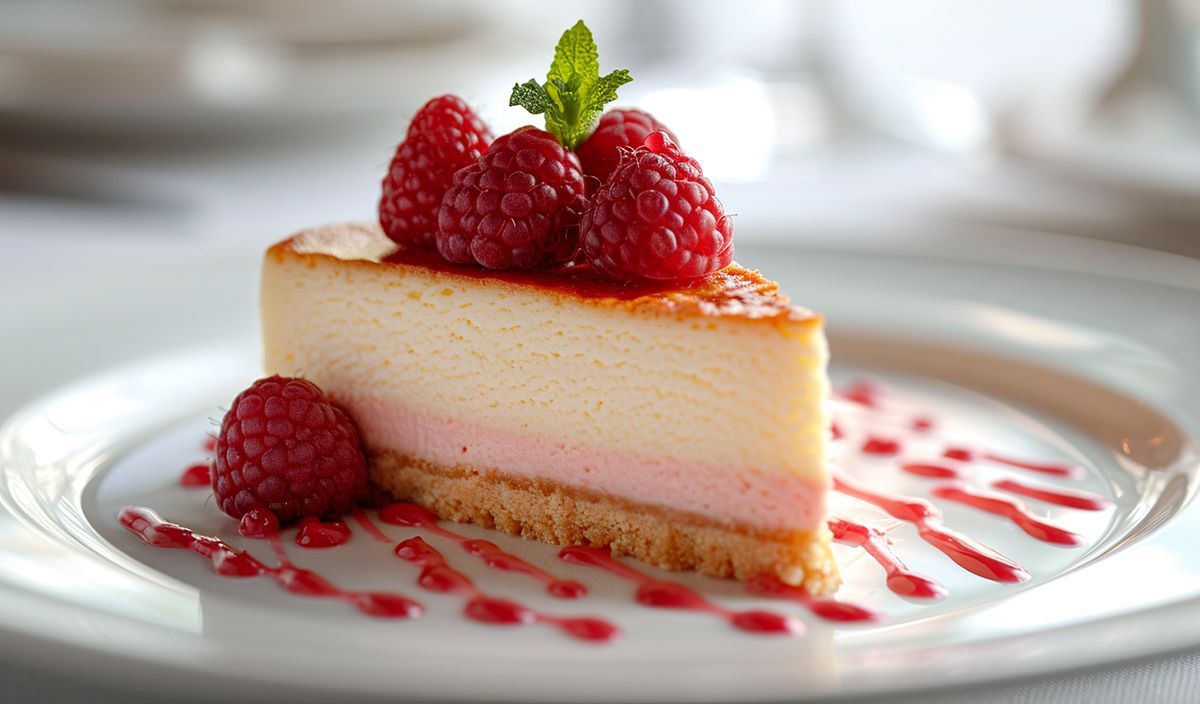
AI has compelled me to reassess my approach to photography, specifically the direction I choose to pursue. I hail from an era where image creation involved the manual application of photography; darkrooms, chemicals, light meters, and soft boxes—where nothing was left to auto settings because we basically had none. I have continued on this path out of habit and also the desire to maintain control over the visual outcome of my photography. I have gone completely digital in the darkroom processing side which itself is annoyingly layered with AI tools. In reality a good photograph for me is simply a balance of light, contrast, tones, colour and shadows and highlights coupled with my own perspective and composition.
In many ways, the application and control of AI generative visuals through the process of interpreting your imagination in words and a basic understanding of AI parameters echoes the old process of creating images in the darkroom where control was exerted through chemicals, light exposure and physical motion coupled with intuition. Each step in both processes can introduce an unknown variable that may elevate what is being created to another level of perception and appreciation. I prefer the AI route as it is more imaginative with an unlimited potential for exploration plus it is instant.
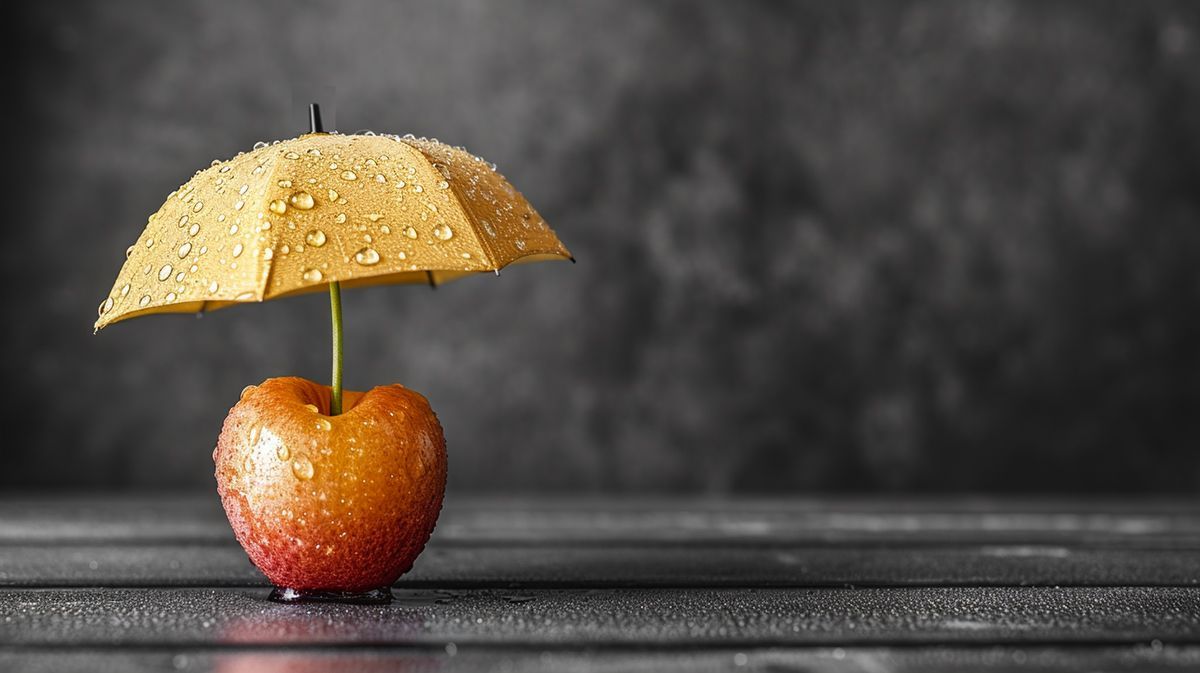
Reflecting on the enduring presence of AI and its impact in our daily lives, let's look at an obvious example that will resonate with everyone: the act of snapping a photo with our smartphone cameras. In this seemingly simple process, AI steps in to discern the subject, adjusting colors to create an "ideal" image tailored to our preferences with just a few taps. Essentially, AI assumes the role of the photographer, streamlining the entire photographic experience for users who need only focus on composition and clicking.
However, it's imperative to recognize that each photograph contributes to the expansive AI database, channeling through popular social media platforms like Facebook, Instagram, TikTok, and Twitter. In essence, we unwittingly become an integral source of data for AI. The integration of AI extends beyond our smartphones, finding a prominent place in modern vehicles. If you're driving a relatively recent model, AI takes the lead in managing various technical applications within your vehicle, seamlessly updating itself from the cloud—a process mirroring that of your smartphone and I could go on with house security, travel, flights, etc,.
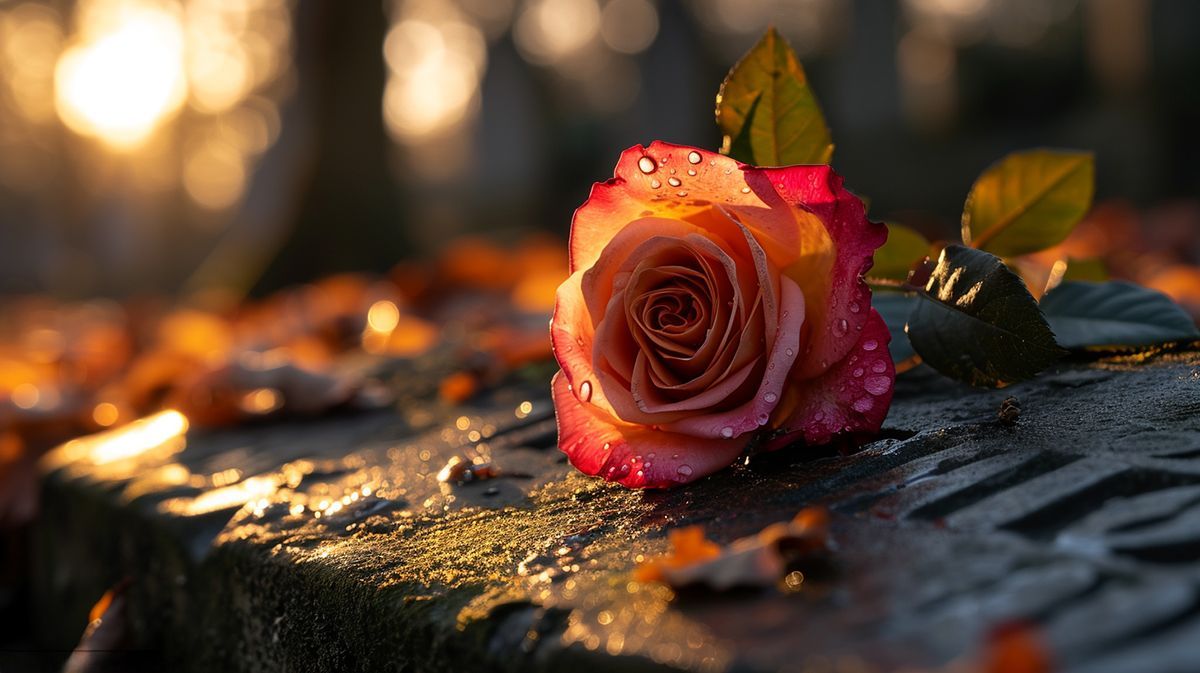
Conclusively, my perspective advocates for treating AI as a valuable tool in visual creation. To maintain a semblance of control and preserve visual impact, I recommend finding a middle ground where you can infuse uniqueness through personalized prompts, visuals of your own handcrafted art, or your own photographs. Personally, in the realm of photography, I opt for manual control over auto features, utilize a dedicated camera, and take charge of the image processing rather than relying on AI solutions. The image produced by the camera can them become a source image for prompting with AI.
When it comes to exploring AI-generated visuals through prompting, I approach it as an opportunity for experimentation. While there are general guidelines, I find that true discoveries lie in venturing off the beaten track, pushing the boundaries of conventional prompts. Ultimately, striking a balance between harnessing AI's capabilities while preserving individual creativeness yields the most fulfilling and innovative results in the dynamic realm of visual creation.
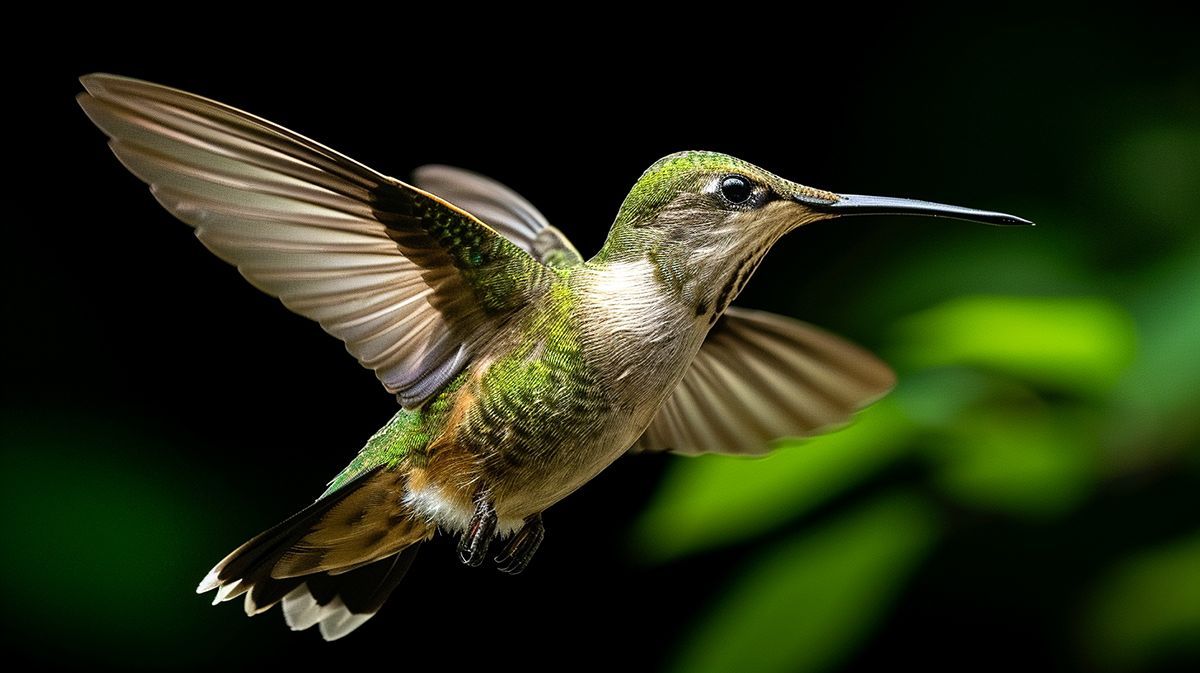
I apologize for no interaction with these blogs via comments or questions, more down to my own inability to understand how to do it but if you have any comments, questions or just something you want to share on the topic. head over to my Facebook Page and find the post for this blog and I will be happy to communicate there. If you do go over to Facebook answer this question by choosing 1, 2 or 3 of the following: The images in this blog are:
1. 100% AI generated. 2. 50% AI / 50% Photography.
3.
There are three AI generated images.

